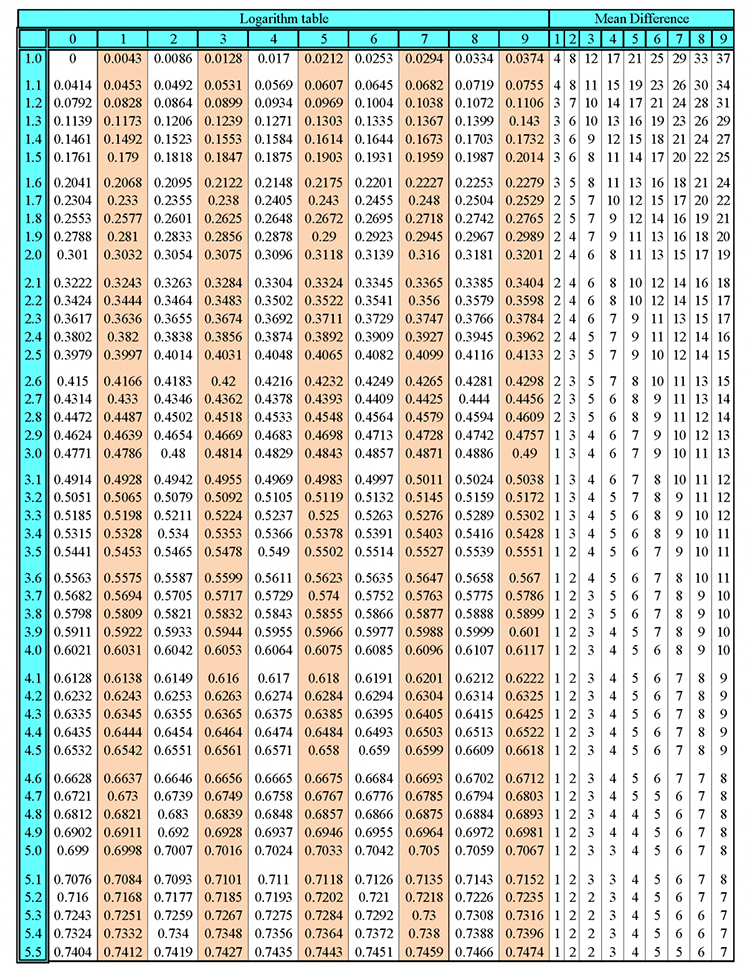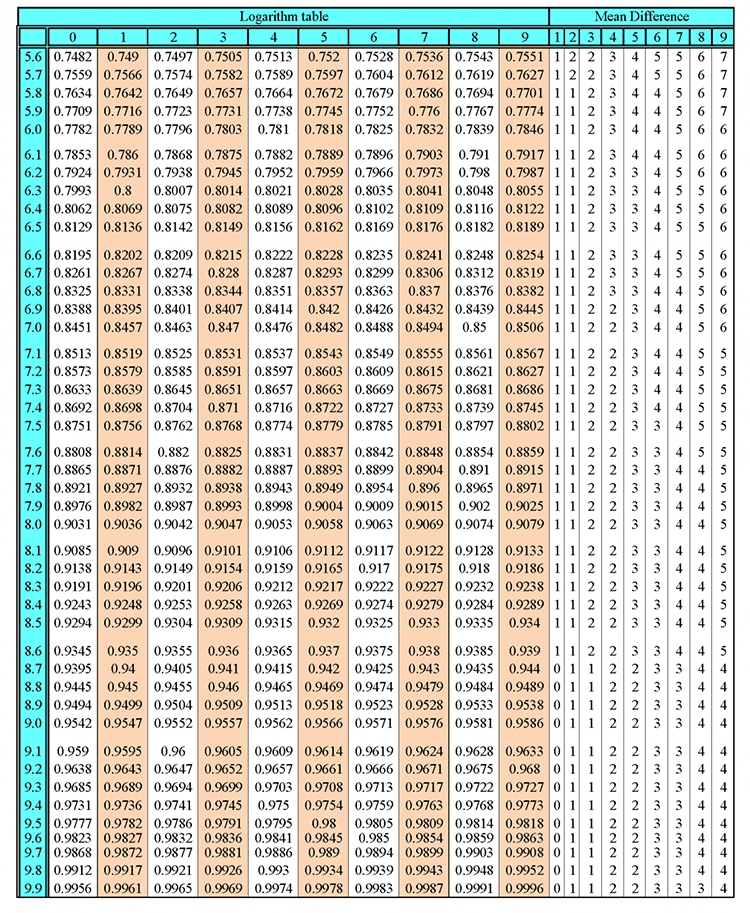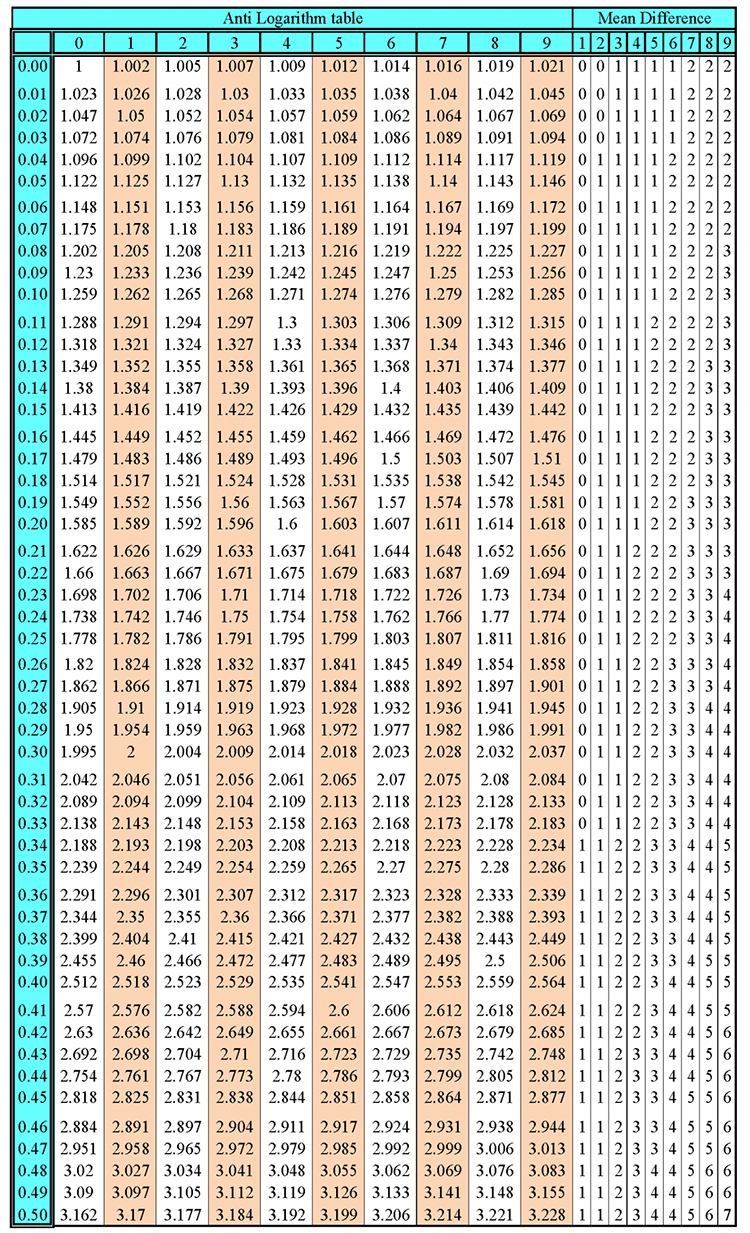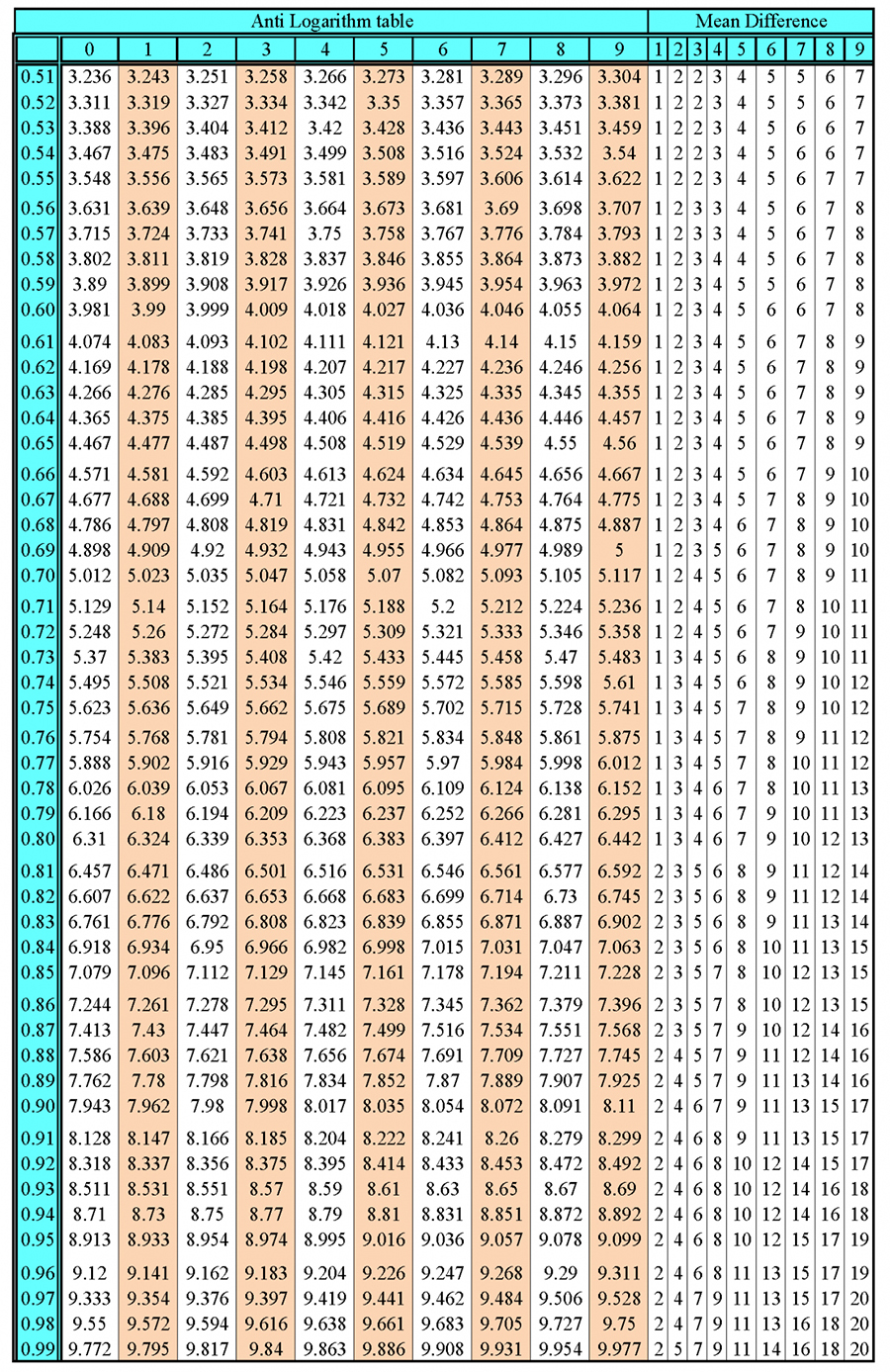Examples
Example – two methods
A Lady put £400 in a savings account for 3 years at 5%. What will she have at the end of 3 years?
Answer:
You have two ways of completing this.
First method
Let’s not use a formula let’s just use logic
End of 1st year `=£400=100%`
`x=105%`
(See percentages for this method)
End of 1st year -
`£400=100%`
`x=105%`
`400/x=100/105`
Therefore
`x=(400times105)/100`
`x=£420`
End of 2nd year
`£420=100%`
`x=105%`
`420/x=100/105`
Therefore
`x=(420times105)/100`
`x=£441`
End of 3rd year
`£441=100%`
`x=105%`
`441/x=100/105`
Therefore
`x=(441times105)/100`
`x=£463.05`
Answer:
The lady would have £463.05 at the end of the 3rd year
Second method
Use the formula
`A=P(1+r/n)^(nt)`
`A=£400(1+0.05/1)^(1times3)`
`A=£400(1+0.05)^3`
`A=£400(1.05)^3`
`A=£400times1.157625`
`A=£463.05`
Answer:
The lady will have £463.05 at the end of 3 years.
Example - Interest per year
A woman invests £2000 in a savings account and this account pays 6% interest per year. How much will she have in the account after nine years to the nearest pound?
`A=P(1+r/n)^(nt)`
`A=£2000(1+0.06/1)^(1times9)`
`A=£2000(1+0.06)^9`
`A=£2000(1.06)^9`
`A=£2000times1.689`
`A=£3,379`
Answer:
After nine years the woman will have £3,379 to the nearest pound in the savings account.
Example - Interest per month
If you invest £1,000 earning 5% compound monthly.
How much will you have after 15 years to the nearest pound?
`A=P(1+r/n)^(nt)`
`A=£1000(1+0.05/12)^(12times15)`
See how to calculate powers on next page
`A=£1000(1+0.00417)^180`
`A=£1000(1.00417)^180`
`A=£1000times2.1137`
`A=£2,114`
Answer:
After 15 years you will have £2,114 to the nearest pound (of this amount £1,000.00 is your initial investment).
Example - Depreciation (Negative interest)
A car cost £8,000 but it depreciates by 9% each year. How much is it worth after 4 years?
NOTE:
The annual interest formula works in exactly the same way
`A=P(1+r/n)^(nt)`
`A=£8000(1+(-0.09)/1)^(1times4)`
NOTE:
The minus on the interest rate r.
`A=£8000(1-0.09)^4`
`A=£8000(0.91)^4`
`A=£8000times0.686`
`A=£5,486.00`
Answer:
After 4 years the car is only worth £5,486.00
Example - Interest rate quarterly
A lady invests £5,000 in a savings account which compounds the interest quarterly (i.e. 4 times a year), after 5 years how much will the lady have in the account if the interest rate is 8% per year.
`A=P(1+r/n)^(nt)`
`A=£5000(1+0.08/4)^(4times5)`
`A=£5000(1+0.02)^20`
`A=£5000(1.02)^20`
`A=£5000times1.4859`
`A=£7,429.74`
Answer:
The lady will have £7,429.74 at the end of five years.
NOTE:
If this had been compound interest yearly then the answer would have been £7,346.64
Example - Not just for money
A bacteria colony multiplies at the rate of 15% per day. If the colony started with 800 bacteria cells. How many cells would be in the bacteria colony at the end of one week?
`A=P(1+r/n)^(nt)`
Normally t = time is over a year but the period of growth is per day so in this case t = 1 for one day
Therefore
`n=` once per day too.
`A=800(1+0.15/1)^(1times7)`
`A=800(1+0.15)^7`
`A=800(1.15)^7`
`A=800times2.660`
`A=2,128`
Answer:
There will be 2,128 bacteria cells after one week.
Example – Finding the principal sum
An investment account with a 10% yearly compound interest rate contains £331 at the end of 3 years. What was the initial investment?
`A=P(1+r/n)^(nt)`
`£331=£P(1+0.1/1)^(1times3)`
`£331=£P(1+0.1)^3`
`£331=£P(1.1)^3`
`£331=£Ptimes1.331`
`£P=(£331)/1.331`
`£P=£248.69`
Answer:
The initial investment or starting amount was £248.69




